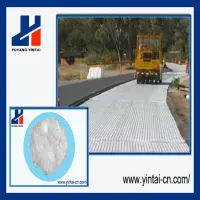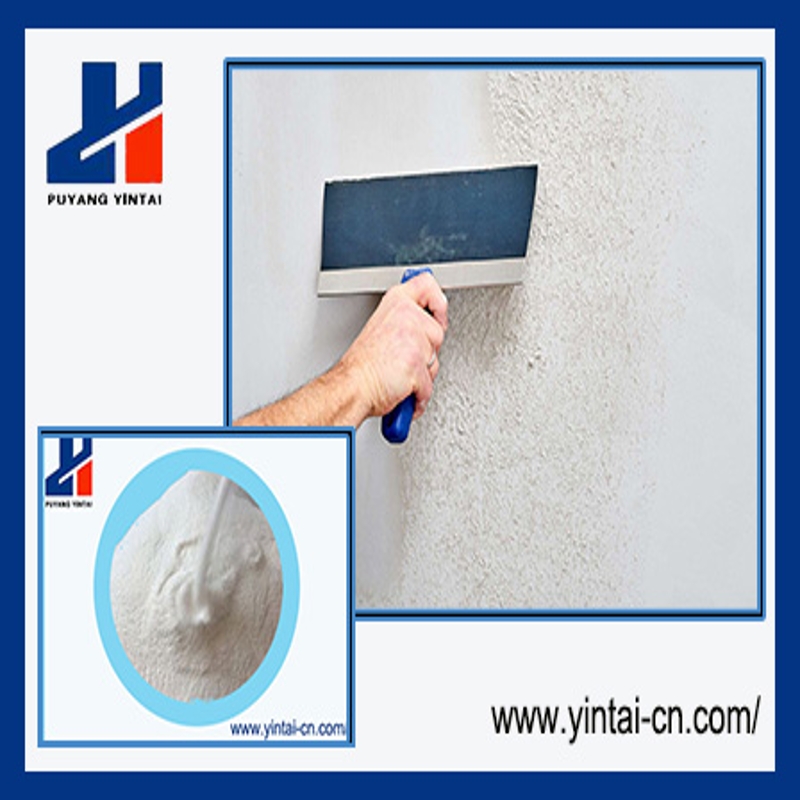-
Categories
-
Pharmaceutical Intermediates
-
Active Pharmaceutical Ingredients
-
Food Additives
- Industrial Coatings
- Agrochemicals
- Dyes and Pigments
- Surfactant
- Flavors and Fragrances
- Chemical Reagents
- Catalyst and Auxiliary
- Natural Products
- Inorganic Chemistry
-
Organic Chemistry
-
Biochemical Engineering
- Analytical Chemistry
- Cosmetic Ingredient
-
Pharmaceutical Intermediates
Promotion
ECHEMI Mall
Wholesale
Weekly Price
Exhibition
News
-
Trade Service
At present, there are two main architectures of mainstream organic-inorganic hybrid perovskite solar cell devices, namely porous structure and planar structure
.
In these two structures, the existence form of organic-inorganic hybrid perovskites is based on polycrystalline nanofilms, and its photoelectric conversion efficiency has exceeded 20%.
For organic-inorganic hybrid perovskite systems, the optoelectronic performance of single crystal devices is far superior to that of currently widely used nanocrystalline thin film devices
.
Mainly due to the reduction of the number of grain boundaries and other defects in the single crystal sample, the probability of photogenerated carriers reaching the electrodes on both sides of the device is greatly increased, which can increase the photocurrent density
of the device.
Xu Jinbao, a researcher at the Xinjiang Institute of Physics and Chemical Technology, Chinese Academy of Sciences, led his research team to discover a simple method
for preparing CH3NH3PbBr3 large-size single crystals 。 The method adopts a single solvent precursor, the method is simple, the cost is low, all processes can be completed at room temperature, and the method is used to grow 14×14 mm large-size crystals, the crystal is cubic phase structure, P-43m space group; The single crystal showed obvious surface spontaneous polarization phenomenon when exposed to light environment, reflecting the characteristics of light-induced polarization.
Under light and dark state, the difference of surface potential is as high as 200 millivolts, which is conducive to the preparation of photoelectric conversion devices
with high open circuit voltage.
The single crystal surface current distribution is uniform, the photocurrent is about 20 times of the dark state current, and there is no attenuation phenomenon on the overall surface, which shows that the single crystal hybrid perovskite device is expected to greatly improve its photogenerated current density
compared with the current nanocrystalline thin film device.
(Text)







